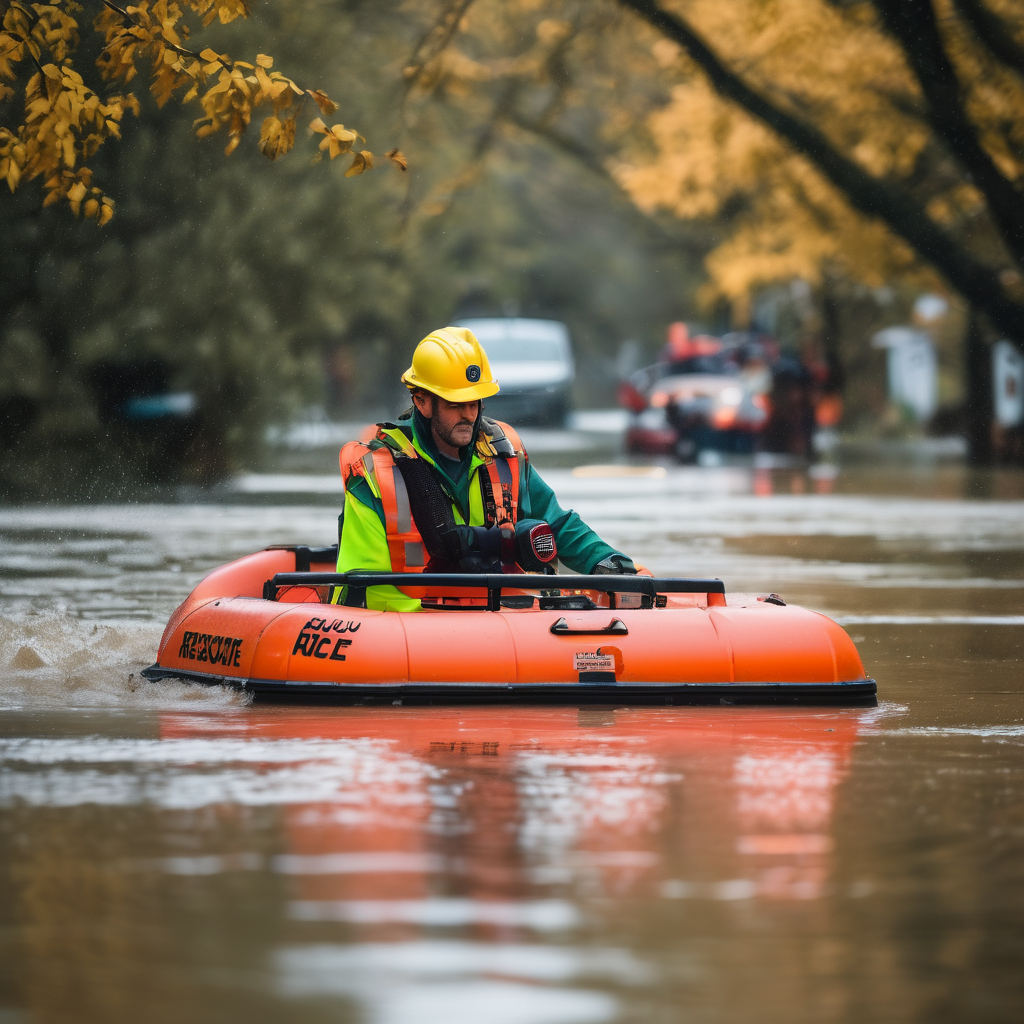Five days following catastrophic floods that resulted in at least 66 deaths and impacted 100,000 homes in Mexico, authorities continue to struggle to provide relief to the most severely affected communities while simultaneously searching for 75 missing individuals. The government’s management of the crisis has faced significant scrutiny, particularly regarding its preparedness.
This disaster, which began with torrential rains leading to landslides, river overflows, and collapsed bridges, has placed President Claudia Sheinbaum’s administration under pressure. Historically enjoying high approval ratings, she has encountered rare public discontent during visits to the disaster sites, where crowds have voiced their frustrations.
Political analyst Antonio Ocaranza noted Sheinbaum’s active presence on the ground is commendable but highlights deeper issues with the government’s initial crisis response. Critics, including Deputy Gibran Ramirez from the opposition Citizens’ Movement party, described the government’s handling of the situation as “lamentable,” characterizing the response as uncoordinated and improvisational, leading to delays in supplying necessary resources.
The root of the problem has been intensified by the elimination of the Natural Disaster Fund (Fonden) under Sheinbaum’s predecessor, Andrés Manuel López Obrador, who cited corruption as a concern. While Sheinbaum supports this stance, stating that “defending Fonden is like defending corruption,” questions remain on how the government intends to finance its disaster response efforts. She affirmed that the federal government has access to around 19 billion pesos ($1.03 billion) for emergencies, though only a fraction has been utilized so far.
Transitioning to recovery efforts, Sheinbaum announced plans for aid distribution in two phases: initial cleanup followed by support based on individual household damage assessments. Following the 2023 Hurricane Otis, similar aid measures were implemented, including cash transfers based on the extent of damage.
Initially caught off guard by the flood, the government has been criticized for its forecasting and response strategy. Sheinbaum stated that there were no indicators to predict such severe rainfall, positioning the government’s focus on other weather systems. The worst-affected regions include Veracruz, Hidalgo, and San Luis Potosi, where emotional confrontations have taken place as families search for their loved ones amid rising public anger.
The unfolding disaster in Mexico mirrors similar past tragedies, such as the floods in Texas, where the inadequacy of disaster management practices has been scrutinized. Both scenarios emphasize a critical need for improved preparedness and timely disaster response mechanisms as communities grapple with the devastating impacts of extreme weather events.
As Mexico strives to support affected populations and locate missing individuals, the solidarity and resilience displayed by communities provide a glimmer of hope. Efforts to rebuild not only damage will reinforce their commitment to enhancing disaster readiness for the future, ensuring that both immediate needs and long-term safety are prioritized.
